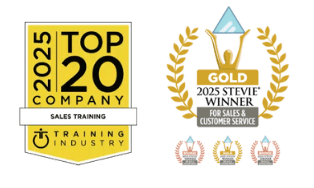In the 90’s and 2000’s there were long, arduous focus groups dedicated to creating the two or three sentences that would define you as an organization: the beloved mission statement. Often, arriving at those statements would tie up valuable company resources for days and the end product was something that got hung on a wall, posted on the website, and was rarely something anyone in an organization could articulate. Yet, the purpose of this was to make it clear for our employees and our clients what we stood for and what was important to us as an organization. As leaders, we believed that having daily team meetings where we repeated the mission over and over was somehow the key to making it the fabric of our organization. And so we hid behind verbose and artificially constructed statements in an effort to send one voice into the marketplace. But…where was the heart?
$1.2 trillion dollars in opportunities await those brands who articulate their sustainability credentials according to EngageforGood. As a new generation enters the workforce, there is an emerging trend in the market to buy with a conscious and to support and do business with companies who stand for something. One of the trend setters in the business to consumer space is Toms, and thousands upon thousands of entrepreneurial startups have followed suit with great success. In fact, buyers want companies to do more than give money away. 64% want companies to integrate social impact into their business model.
As this younger generation of buyers moves into positions of power and become heavy hitting influencers, a new decision criteria enters into the equation: social cause and impact mindset at the consumer level. It is true, “69% of millennials want businesses to facilitate their involvement in addressing social challenges and this trend will only continue to strengthen.”
This is an emerging trend we will no doubt see more of, particularly over the next few years. Your organization’s own values can in fact create value and serve as a huge competitive differentiator when most industries are in a commoditized space. “When choosing between two brands of equal quality and price, 90% are likely to choose, or switch, to a cause based solution.” There are several critical questions for you to consider as you think about your willingness, and ability, to leverage values as a differentiator:
- Do your values speak from the heart?
- Are they transparent to the market and potential clients?
- Do you hire people who have the attributes to live the values and make them apparent to clients through personal interactions?
The third bullet is particularly important because you can publish the values and put them on the homepage of your website—but at the end of the day if a client cannot see and feel them living and breathing within the souls of the people they work with on a daily basis, then what is the point? Having values tied to social cause has become undeniably important when it comes to hiring and retaining the next generation of top tier talent. Currently, 75% of millennials work for less if an employer demonstrates social responsibility.
Understanding your sales force’s attributes, and how to leverage that to create differentiation is an important move.
Personal Challenge
Reflect on your team and their client interactions. Would you say they can easily articulate and demonstrate your organization’s values? What about your messaging? When a potential client is researching your company can they quickly discern what you stand for?




